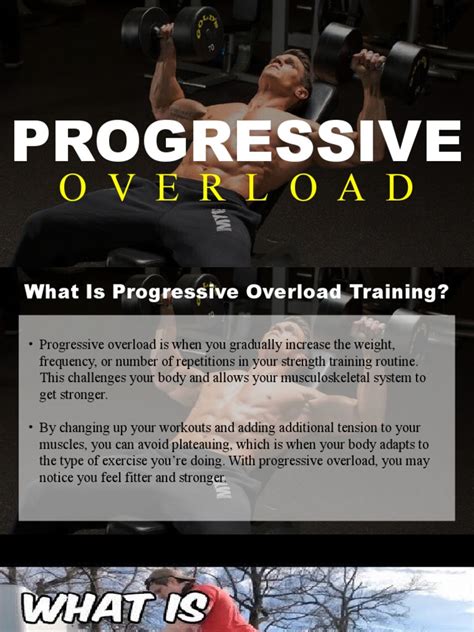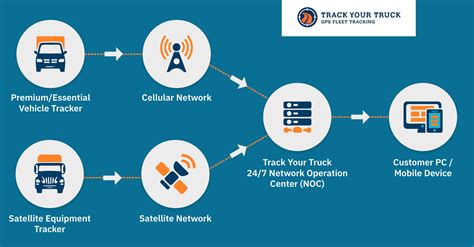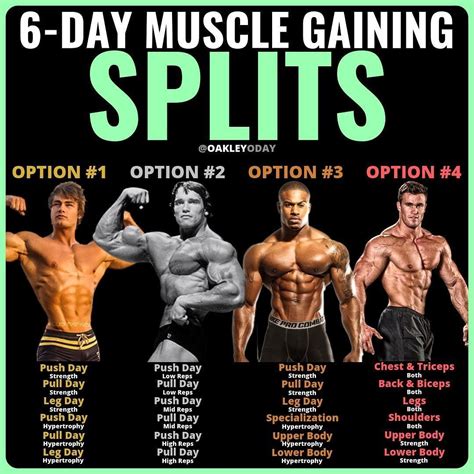Unlock peak performance: Best progressive overload for rapid strength gains?

For anyone serious about building strength, breaking through plateaus, and achieving their peak physical potential, understanding and implementing progressive overload is non-negotiable. It’s the core principle that drives adaptation, ensuring your body is constantly challenged to grow stronger.
What is Progressive Overload?
At its heart, progressive overload is the gradual increase of stress placed upon the musculoskeletal system during exercise training. Simply put, for your muscles to grow bigger and stronger, they must continually be forced to adapt to a tension that is greater than what they’ve previously experienced. Without this escalating demand, your body will maintain its current strength levels, leading to stagnation.

Why Progressive Overload is Essential for Strength
The human body is an incredibly adaptive machine. When you start a new exercise routine, you’ll initially see rapid improvements. However, if you keep doing the exact same workout with the same weights, reps, and sets, your body quickly adapts, and progress grinds to a halt. Progressive overload prevents this adaptation plateau by continuously signaling to your body that it needs to become stronger to handle the new demands being placed upon it. It’s the catalyst for continuous muscle fiber recruitment and hypertrophy.
Key Methods for Implementing Progressive Overload
There isn’t just one way to progressively overload your muscles. A multifaceted approach is often the most effective for long-term gains. Here are the primary strategies:
- Increase the Weight: This is the most common and often most direct way to build strength. If you lifted 100 lbs for 5 reps last week, aim for 105 lbs for 5 reps this week.
- Increase the Repetitions: If increasing weight isn’t feasible, try doing more reps with the same weight. Moving from 8 to 10 reps with a given weight can be a significant overload.
- Increase the Sets: Adding an extra set to an exercise increases your total work volume, placing more stress on the muscles.
- Decrease Rest Time: By shortening the rest periods between sets, you increase the density of your workout, making it more challenging for your cardiovascular system and muscles.
- Increase Training Frequency: Training a muscle group more often (e.g., twice a week instead of once) can provide more opportunities for overload, provided adequate recovery.
- Improve Form or Technique: While not a quantitative increase, perfecting your exercise form allows for greater muscle activation and often leads to the ability to lift heavier weights safely in the future.
- Increase Time Under Tension: Slowing down the eccentric (lowering) or concentric (lifting) phase of an exercise can make the same weight feel much heavier and stimulate growth.
- Utilize More Challenging Exercise Variations: Progress from a goblet squat to a front squat, or from push-ups to decline push-ups.

Choosing the Best Method for Rapid Strength Gains
While all methods contribute, for “rapid strength gains,” the primary focus should be on increasing the weight lifted. This directly challenges the nervous system and muscle fibers responsible for maximal force production. Incorporate periodization, where you strategically cycle through heavier, lower-rep phases and lighter, higher-rep phases, to optimize strength without burning out or risking injury.
Combine increasing weight with a smart rep scheme (e.g., 3-6 reps for pure strength, 8-12 reps for hypertrophy that supports strength). Once you can hit the top end of your rep range with good form, it’s time to increase the weight.

Practical Application and Avoiding Pitfalls
To effectively implement progressive overload:
- Track Everything: Keep a detailed log of your exercises, sets, reps, and weights. This is crucial for knowing what to aim for next.
- Prioritize Form: Never sacrifice proper form for a heavier lift. Bad form leads to injury, not gains.
- Listen to Your Body: Some days you’ll feel stronger, others weaker. Don’t force progressive overload every single session if your body isn’t recovering. Deload weeks or lighter sessions are part of the process.
- Ensure Adequate Nutrition and Recovery: Muscles don’t grow in the gym; they grow when you’re resting and fueling them properly. Protein intake, sufficient calories, and quality sleep are paramount.
- Be Patient and Consistent: Rapid gains are exciting, but strength building is a marathon, not a sprint. Consistency over time yields the best results.

Conclusion
Progressive overload is the undeniable cornerstone of any effective strength training program. By consistently challenging your muscles with increasing demands, whether through heavier weights, more reps, or other strategic adjustments, you unlock your potential for rapid and sustained strength gains. Track your progress, prioritize form, recover intelligently, and watch as you continually redefine your peak performance.







